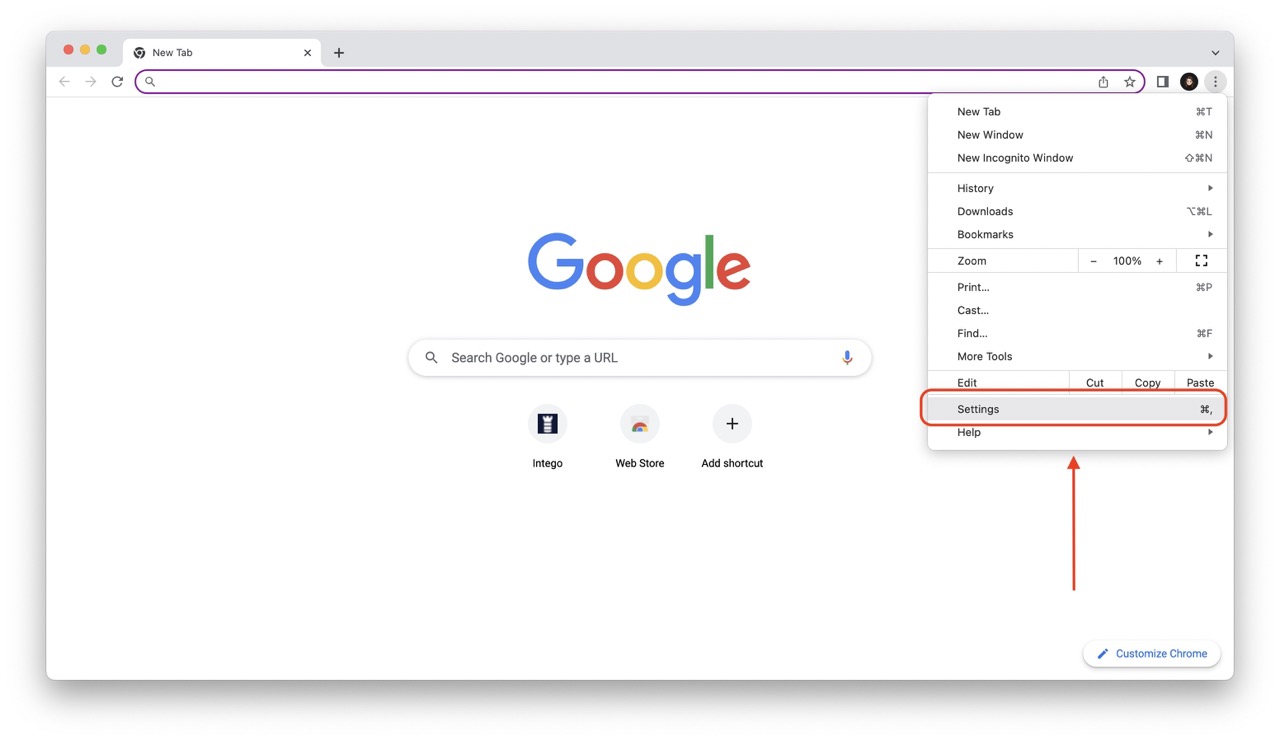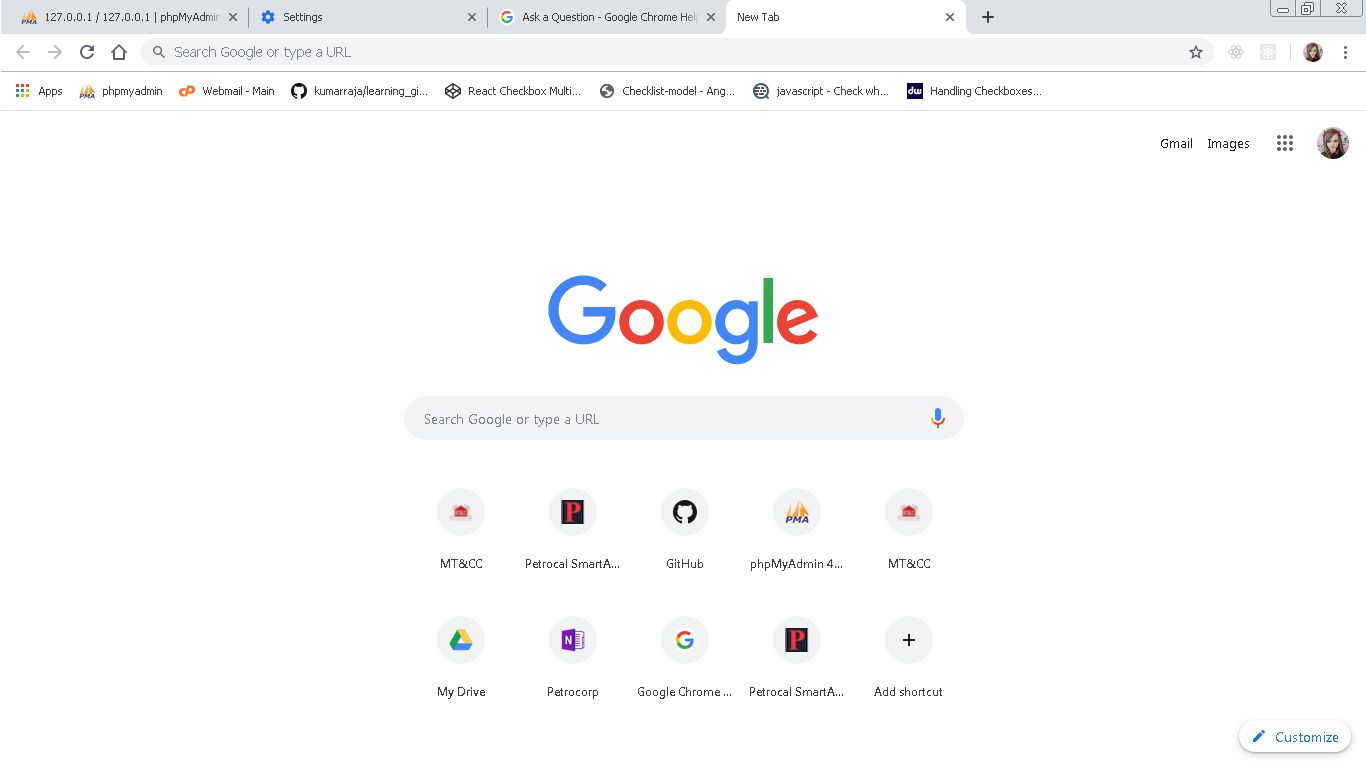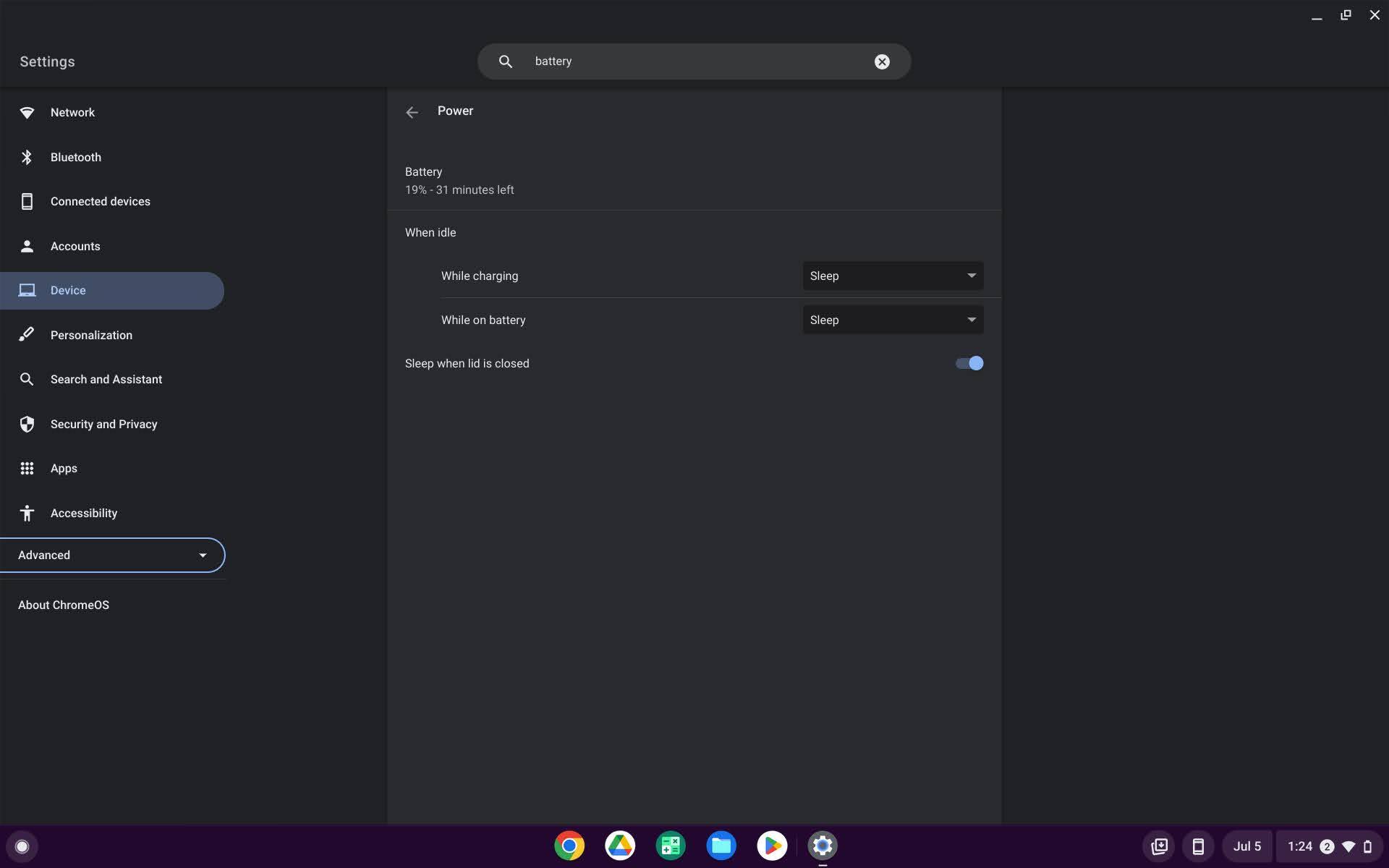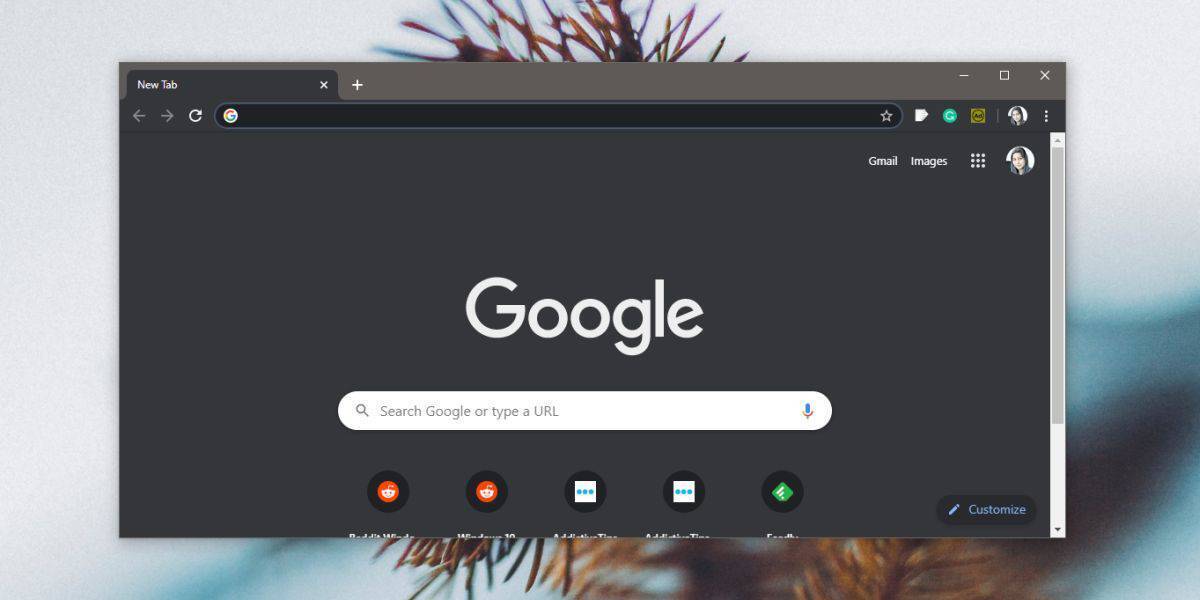Introduction
When it comes to web browsing, Google Chrome stands out as one of the most popular and versatile browsers available. Its user-friendly interface and extensive range of features make it a top choice for millions of internet users worldwide. Among its many functionalities, the option to "pin tabs" is a lesser-known yet incredibly useful feature that can significantly enhance the browsing experience.
Pinning a tab in Chrome involves fixing a specific tab in a smaller, more streamlined form within the browser window. This feature is particularly handy for keeping essential tabs readily accessible while conserving space on the tab bar. Whether you're a casual internet user or a seasoned professional, understanding how to utilize this feature can greatly improve your browsing efficiency.
In this article, we will delve into the intricacies of pinning tabs in Chrome, exploring the benefits it offers and how to customize pinned tabs to suit your preferences. By the end of this guide, you'll have a comprehensive understanding of this feature and be equipped to leverage it to streamline your browsing experience. So, let's dive in and uncover the wonders of pinning tabs in Chrome.
How to Pin a Tab in Chrome
Pinning a tab in Chrome is a straightforward process that can be accomplished in just a few clicks. Here's a step-by-step guide to help you pin a tab in your Chrome browser:
-
Open Chrome and Navigate to the Desired Website: Launch Google Chrome on your computer and navigate to the website or web application that you want to pin.
-
Right-Click on the Tab: Once you have the desired webpage open, right-click on the tab representing that webpage at the top of the browser window. This will open a contextual menu with various options.
-
Select "Pin Tab": From the contextual menu, select the "Pin Tab" option. Upon selecting this option, the tab will shrink in size and move to the left of the tab bar, displaying only the favicon or a small icon representing the website.
-
Verify the Pinned Tab: After clicking "Pin Tab," you will notice that the tab has transformed into a smaller, pinned tab, taking up less space on the tab bar.
-
Access the Pinned Tab: To access the pinned tab, simply click on it. The webpage associated with the pinned tab will open, allowing you to interact with it as usual.
By following these simple steps, you can effectively pin a tab in your Chrome browser, ensuring quick access to your favorite websites and web applications while optimizing the space within the browser window.
Pinning tabs in Chrome is a convenient way to keep frequently visited websites easily accessible, especially when working with multiple tabs simultaneously. This feature is particularly beneficial for individuals who rely on specific web applications or websites throughout the day, such as email clients, project management tools, or news websites.
Now that you understand how to pin a tab in Chrome, let's explore the numerous benefits that this feature offers.
Benefits of Pinning Tabs
Pinning tabs in Google Chrome offers a myriad of benefits that can significantly enhance your browsing experience. Let's delve into the advantages of utilizing this feature:
-
Space Optimization: By pinning tabs, you can declutter your tab bar and free up valuable space within the browser window. This is particularly advantageous for individuals who frequently work with multiple tabs open simultaneously. Pinned tabs occupy minimal space, allowing you to maintain a tidy and organized browsing environment.
-
Easy Access: Pinned tabs remain readily accessible at all times, regardless of the number of tabs you have open. This means that essential websites or web applications, such as email clients, calendars, or project management tools, are just a click away. This streamlined access can significantly improve your workflow and productivity.
-
Prevent Accidental Closure: Pinned tabs are less susceptible to accidental closure. Since they are displayed in a condensed form with only the favicon visible, the likelihood of unintentionally closing a pinned tab is greatly reduced. This can be particularly beneficial when working on critical tasks or projects.
-
Persistent Presence: Pinned tabs persist across browser sessions, meaning that they will reopen automatically when you launch Chrome, providing quick access to your frequently visited websites without the need to manually navigate to them each time.
-
Visual Identification: The smaller size of pinned tabs allows for easy visual identification, even when numerous tabs are open. This can be especially helpful when you have multiple tabs related to different projects or tasks, enabling you to distinguish between them effortlessly.
-
Reduced Tab Clutter: Pinned tabs help reduce tab clutter, especially when working on a small screen or a laptop. This can contribute to a more organized and focused browsing experience, allowing you to concentrate on the content of the pinned tabs without being overwhelmed by a crowded tab bar.
-
Improved Performance: With fewer tabs taking up space on the tab bar, Chrome's performance may improve, particularly on devices with limited system resources. This can lead to smoother browsing and better overall system responsiveness.
By leveraging the benefits of pinning tabs in Chrome, you can streamline your browsing experience, optimize your workflow, and ensure quick access to your most essential web resources. Now that we've explored the advantages of pinning tabs, let's move on to the next section to learn how to unpin a tab in Chrome.
How to Unpin a Tab
Unpinning a tab in Google Chrome is a simple process that allows you to revert a pinned tab back to its standard size on the tab bar. Whether you no longer need quick access to a particular website or simply want to declutter your tab bar, unpinning a tab can be done effortlessly. Here's a step-by-step guide to help you unpin a tab in your Chrome browser:
-
Identify the Pinned Tab: First, locate the tab that you want to unpin. Pinned tabs are distinguishable by their smaller size and the presence of only the website's favicon or a small icon.
-
Right-Click on the Pinned Tab: Once you've identified the pinned tab, right-click on it to reveal a contextual menu with various options.
-
Select "Unpin Tab": From the contextual menu, select the "Unpin Tab" option. Upon selecting this option, the tab will revert to its standard size and move back to its original position on the tab bar.
-
Verify the Unpinned Tab: After clicking "Unpin Tab," you will notice that the tab has returned to its regular size, displaying the full title of the webpage.
-
Access the Unpinned Tab: To access the unpinned tab, simply click on it. The webpage associated with the unpinned tab will open, allowing you to interact with it as usual.
By following these straightforward steps, you can easily unpin a tab in your Chrome browser, allowing for seamless management of your browsing tabs. Unpinning tabs is particularly useful when your browsing session evolves, and you no longer require immediate access to a specific website or web application. It enables you to maintain a clean and organized tab bar, ensuring that only the most relevant tabs remain pinned for quick access.
Now that you understand how to unpin a tab in Chrome, you have the flexibility to manage your pinned tabs according to your current browsing needs. This simple yet effective feature empowers you to tailor your browsing environment to suit your workflow and preferences, ultimately enhancing your overall browsing experience.
Customizing Pinned Tabs in Chrome
In addition to the fundamental functionality of pinning and unpinning tabs in Google Chrome, users have the flexibility to customize their pinned tabs to suit their specific preferences and browsing habits. This customization extends beyond the mere act of pinning a tab, allowing for a more tailored and personalized browsing experience. Let's explore the various ways in which you can customize pinned tabs in Chrome.
Tab Reordering
Once tabs are pinned in Chrome, users can easily reorder them to prioritize the most important websites or web applications. By simply clicking and dragging a pinned tab, it can be repositioned within the tab bar, enabling users to arrange their pinned tabs according to their usage frequency or workflow requirements. This feature is particularly beneficial for individuals who rely on specific web resources throughout their browsing sessions, allowing them to maintain a consistent and organized tab order.
Tab Color Customization
Chrome offers the option to customize the color of pinned tabs, providing a visual distinction that can aid in quick identification. By right-clicking on a pinned tab and selecting the "Customize" option, users can choose from a range of predefined colors to apply to the tab. This feature is especially useful for individuals who work with multiple tabs simultaneously, as it allows for easy visual categorization and differentiation between various pinned tabs.
Tab Title Modification
In addition to visual customization, Chrome enables users to modify the titles of their pinned tabs. This can be particularly handy when dealing with websites or web applications that have lengthy or ambiguous titles. By right-clicking on a pinned tab and selecting the "Edit" option, users can modify the title to a more concise and descriptive form, making it easier to identify the content of the tab at a glance. This feature enhances the overall clarity and organization of the tab bar, contributing to a more streamlined browsing experience.
Tab Grouping
Chrome's tab grouping feature can be seamlessly integrated with pinned tabs, allowing users to categorize and group related tabs for improved organization. By right-clicking on a pinned tab and selecting the "Add to New Group" or "Add to Existing Group" option, users can create logical groupings of tabs based on their content or purpose. This functionality is particularly advantageous for individuals who manage multiple projects or tasks simultaneously, as it enables them to maintain a structured and efficient tab management system.
By leveraging these customization options, users can tailor their pinned tabs in Chrome to align with their unique browsing habits and workflow preferences. This level of customization empowers users to create a personalized browsing environment that enhances productivity and facilitates seamless access to essential web resources. Whether it's reordering tabs, applying custom colors, modifying titles, or grouping tabs, the ability to customize pinned tabs in Chrome adds a layer of versatility and efficiency to the browsing experience.

























